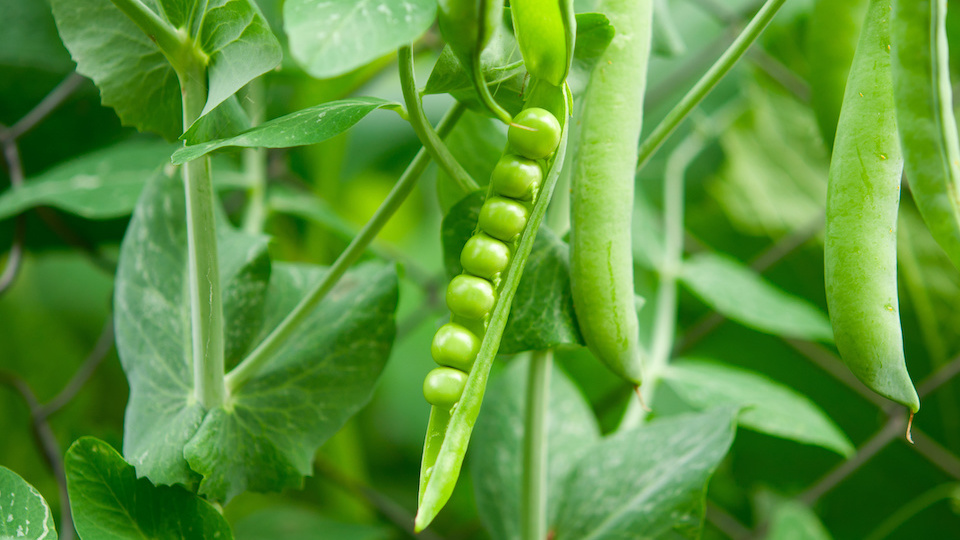Did you know that cultivating the right combination of plants close to each other can make your garden blossom from mediocre to outstanding? Companion planting is an ancient gardening practice that has been making a comeback for one simple reason… it works. Planting a diverse mixture of plants, including annuals, perennials, flowers, and veggies, makes for a much healthier garden and, often, a tastier harvest. On the flip side, planting the wrong combination of plants can result in an unhealthy garden and a mediocre or even poor harvest.
One of the most famous examples of ancient companion planting is the “three sisters” combination used by Native Americans. When the Europeans arrived in North American, they learned this profitable technique that many gardeners still practice today. The three sisters include beans, corn, and squash. Each vegetable has a vital role to play. The corn provides support for bean vines, the beans add much-needed nitrogen to the soil, and the squash aids in water retention.
Unpacking the benefits of companion planting

Before I learned how to execute companion plantain successfully, my garden was always moderately successful. Once I started planting using the companion method, my garden took off. Here are just some of the benefits of companion planting that I have discovered through the years.
- Natural trellis: As you can see from the “three sisters” above, plants and flowers that grow tall and have a naturally sturdy stem make excellent natural supports for lower growing crops. I love to plant tall sunflowers close to cucumbers and snap peas. These crops will use the strong sunflower stalk as a support trellis.
- Shade and wind protection: Taking advantage of space below tall plants means that smaller, more fragile plants are protected from the hot sun and blustery wind.
- Soil optimization: You might not know this, but just as soil impacts plants, plants can also impact soil. Plants with long taproots such as carrots and parsnips pull essential nutrients from deep within the earth and make them more readily available for other plants with shorter root systems. Plants such as peas and beans help draw nitrogen – an essential nutrient for plant growth- into the soil.
- Weed prevention: Alternating plants with an upright growing habit with those that like to sprawl creates a tag-team to help push weeds out.
- Health promoter: When you create a garden with a diverse selection of plants that happily get along, the resulting plant health is incredible. Companion planting eliminates competition between plants, which leaves plenty of nutrients to go around.
Companion planting results in a better-tasting bean harvest

It may be hard for you to believe that the practice of companion planting can improve the taste of your harvest – but it is true. Here is how it happens; when one plant pulls nutrients from the soil, it changes the soil’s biochemistry. When the right plants share space, the soil can change and improve the flavor of the plants.
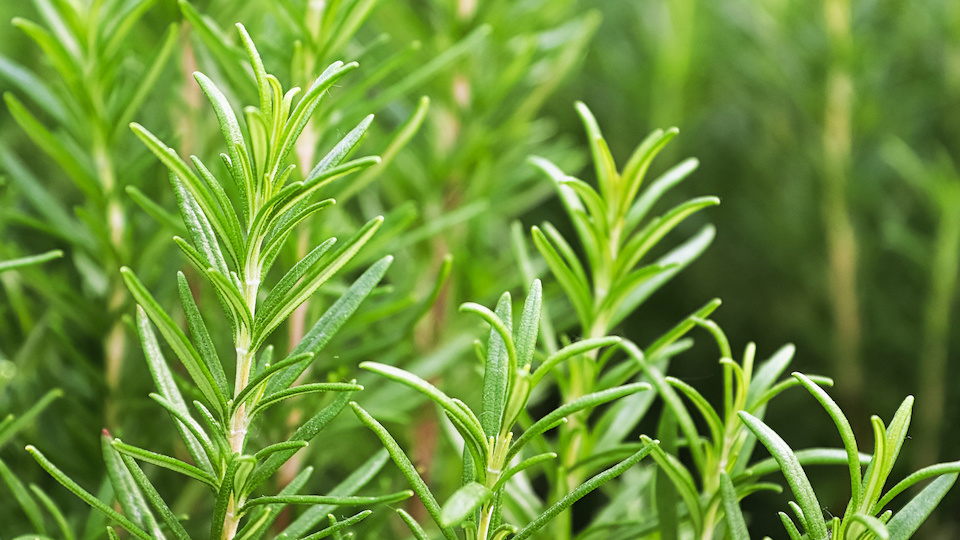
Take beans, for example; many plants love them since they help fix nitrogen in the soil. But there is one thing that you should always plant close to beans if you want the tastiest harvest ever…rosemary. When planted close to bush or pole beans, this fragrant and beautiful herb improves the beans’ flavor and promotes healthy plant growth.
Other friends to plant with beans
Rosemary is just one of many companion plants that is perfect to grow around beans. Here are a few more of my favorite plants to befriend your beans. As you plan your garden this season, don’t forget to include at least a few of these and watch your beans thrive!
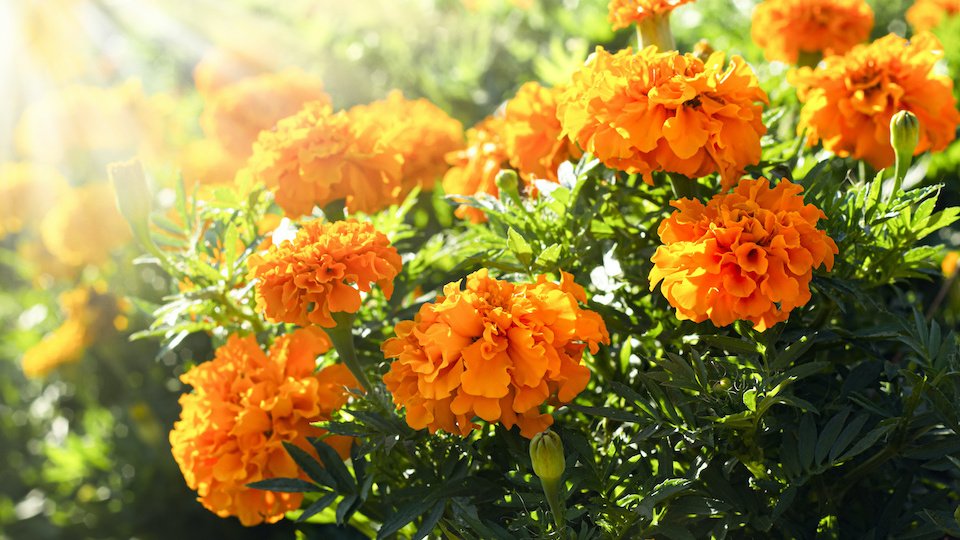
Marigolds – These cheery little plants do a fantastic job repelling Mexican bean beetles and other destructive pests. African and French marigolds even produce a substance that keeps soil nematodes away from plant roots. This sweet, edible flower is a must in any garden bed.
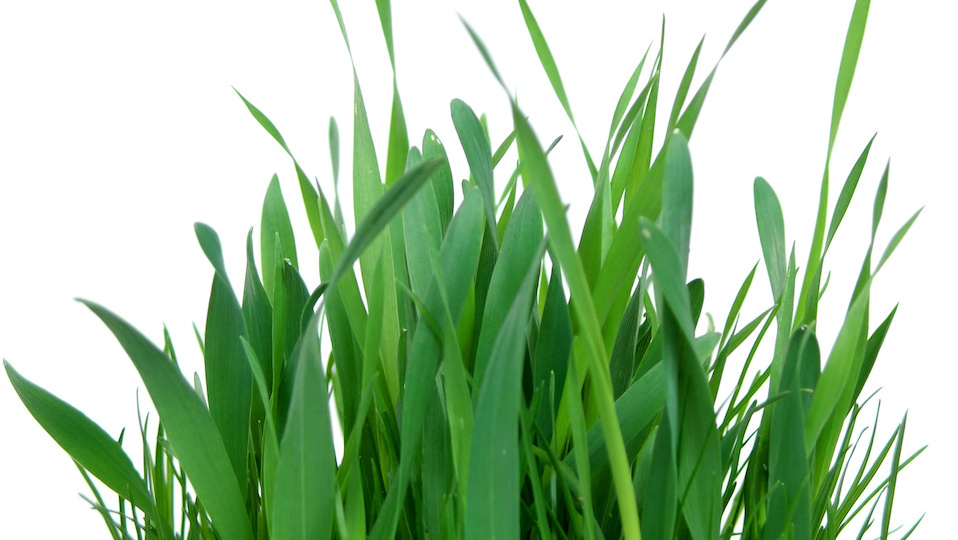
Catnip – This perennial herb in the mint family is a great companion for beans. Flea beetles often plague bean crops and other vegetable plants but won’t be a problem as long as catnip is in the garden.

Corn – Corn plants cast a light, much-appreciated shade upon bush beans. The root systems of corn and beans do not compete for water or nutrients because they occupy different soil depths in the garden. Pole beans use corn stalks for support.
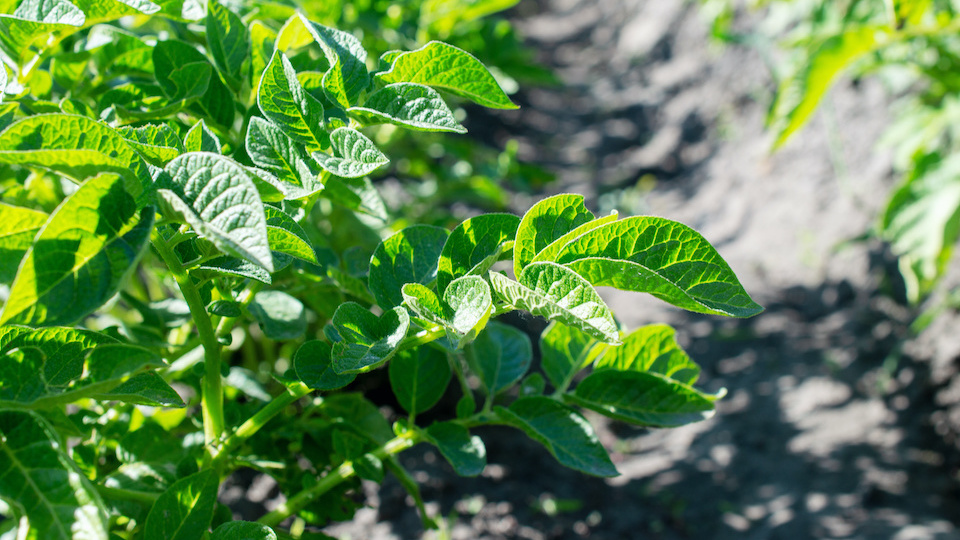
Potato – Like marigolds, potato plants help keep Mexican bean beetles from destroying beans. As a return favor, bean plants keep Colorado potato beetles at bay.
Look up the best companions for your plants
Before you plant your garden this spring, do some research to help figure out which plants do best together. Your garden will thank you for the effort, and you will notice how well it thrives.
Happy Growing,
-Susan, CBHC, Master Gardener


